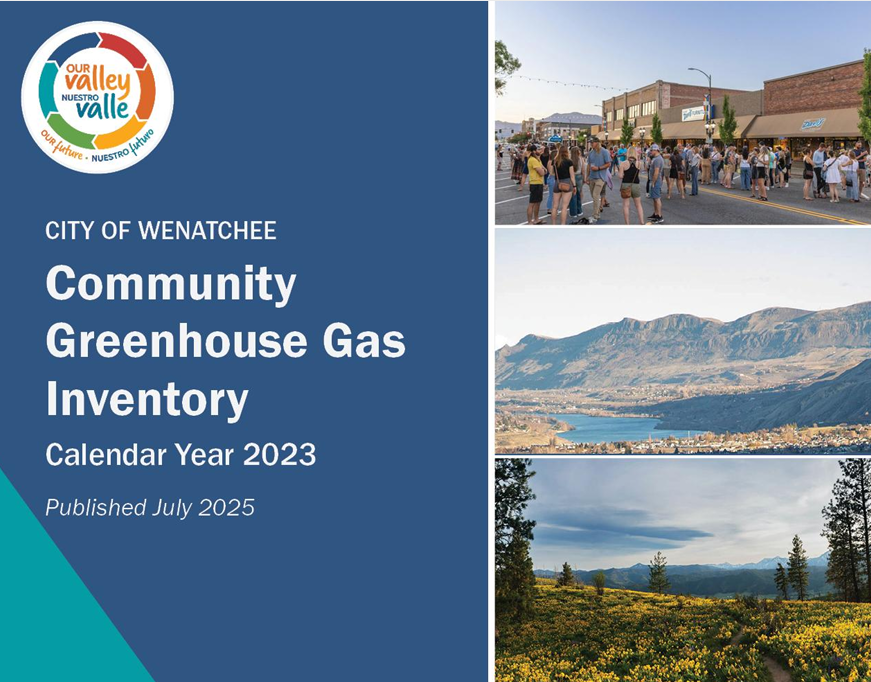The first (and best?) of the 3 R’s: REDUCE!
- marlene0303
- Mar 12, 2022
- 4 min read
This post is a part of a series about the 3 R’s: reduce, reuse, recycling. Check out my previous blog about how they’re not all created equal.
Reducing is simply avoiding using a product in the first place. The other two R’s, reuse and recycle, are pretty clear as well; reuse things again and again, or recycle them into something new. The effort to reduce, though, is arguably the best. It’s numero uno for a reason. Sure, some things can be reused and reused, but eventually, they’ll end up in the landfill or need to be recycled. Worst case, they become pollution. And while recycling is better than landfilling, it often results in “downcycling.” That’s when the original material inevitably becomes something of lower quality, so it can’t be repeated infinitely. If you can avoid using a material in the first place, that’s the best option.
Ideas of how to reduce can be somewhat personal, and you can probably do a better job than I can at thinking of ways to do it in your own life. But let me give you some examples for inspiration.
For gifts, give experiences, not stuff: When you give the gift of an experience, you are giving someone the opportunity to make a lasting memory rather than just a material item that may eventually make it’s way to the landfill. A gift of an experience can be just as thoughtful as a tangible gift. Examples are a gift certificate for a spa service or to a local restaurant, a night of babysitting, a delicious homemade meal, tickets to a concert or play, or passes to local experiences like Slide Waters in Chelan. The bonus to this idea is that you’re much more likely to be supporting local businesses when you purchase experiences rather than stuff, which often isn’t made locally and has to be shipped from thousands of miles away. Also related to birthdays and holidays: try to avoid buying the junky plastic toys from China as birthday party favors, for trick-or-treaters at Halloween, as stocking stuffers at Christmas or for Easter baskets. Opt for eco-friendly party favors that you make, kids can make, or that are plastic-free.
Reduce wasted food: We recently featured a blog post about food waste. Suggestions to reduce food waste include: learning what food date labels really mean, accepting “ugly” produce, not buying more than what you need, cooking all the parts, storing food so you can easily see what you have, and eating those saved leftovers.
Here’s another take on food waste: try reducing the servings sizes you dish up for you, or your kids. I’m totally guilty of loading up my toddler's plate only to have her only eat half. While it can often be composted - or cleaned up by my dog - I wish I would learn to just give her less in the first place! Food waste is a huge issue, so this is a pretty easy way to reduce the amount of material going to the landfill.
Adopt a minimalism lifestyle and consider “wants” vs “needs.” Easier said than done, I know. But making an attempt to really think about what you truly need versus what you’d just like to have can help reduce your impact.
If you're a hippie like me, you might drink plant-based milk instead of cow’s milk. Those wax paper “TetraPak” cartons that shelf-stable plant milks often come in - soy, almond, hemp, oat - technically can be recycled, but really aren’t ideal according to Waste Management. [If I’ve learned one thing about recycling, it’s less of a black-or-white, yes-or-no topic than a, “well, it depends.”] One way to get around this is to make your own! I’m not suggesting you buy a cow. But if you’re into almond milk, it’s actually super easy to make if you have a high powered blender like a Vitamix. Soak your almonds for a few hours or over night, blend with some water, put in a nut bag (available at health food stores or online) and “milk” it till there’s nothing but almost-dry almond meal. Then if you choose, add a little vanilla extract and/or sweetener and voila! Homemade almond milk with no carton to dispose of. The almond meal can then be used for baking or can be composted.
Buy in bulk or search out items that have less packaging. When I say buy in bulk, I’m not talking a huge box of individually packaged processed food like you’d get at Costco. Don’t get me wrong, I LOVE Costco. My dog’s name is Kirkland, and I’m not kidding. But buying individually wrapped anything, as wonderfully convenient as it is, isn’t a great idea. Sometimes in order to be sustainable, we must fight the culture of convenience that we live in today. Try buying things in larger containers and putting them in your own reusable containers. Or choose things that don’t need to be individually wrapped at all.
In addition to reducing "stuff," don't forget about other resources that you could reduce - water, energy, fuels, etc. Consider how you might reduce irrigation water use, water consumption inside your home, electricity and natural gas use at home or at work, and fuels for transportation.
Stay tuned for my next blog on the 2nd R - REUSE - to learn of ways to reuse at home, at work and on the road.





Comments